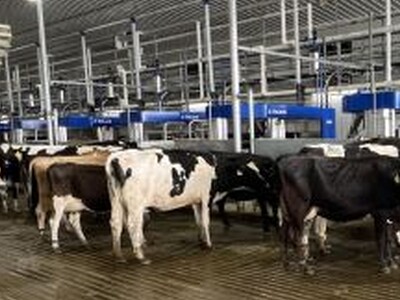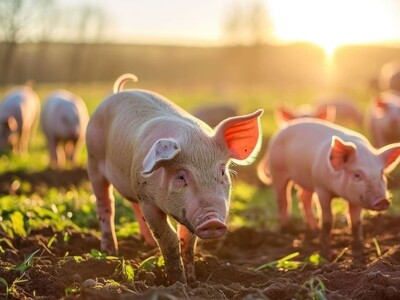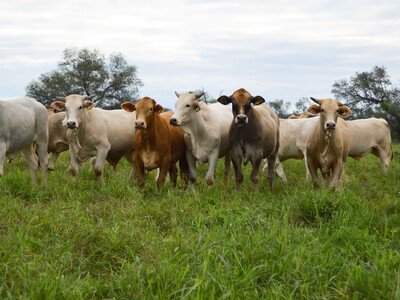Preventing Soil Erosion
Leaving behind stubble is not ideal when shaving, but it’s a good practice to leave behind crop “stubble” after harvest. According to soil scientist Frank Larney, crop residue anchors the soil against wind and water erosion. Avoiding bare soils is one part of a soil conservation package he and his research team demonstrate in a 12-year experiment growing pulses in southern Alberta, Canada.Pulses are another name for dry beans like pinto, lima, red, and black bean. They are a useful crop for many Alberta farmers. Pulses add nutrient value to the soil. They do this because their roots have soil microbes – bacteria in this case – living in them. The bacteria pull nitrogen from the atmosphere. Nitrogen is an essential compound for most living organisms, and especially plants. Better yet, the bacteria convert the nitrogen to a form the plant can use as a food source. When the pulse plants die and their roots decay, the remaining nitrogen nutrients are released into the soil. These nutrients are available for future crops.
Any crop that adds value to the soil is helpful to farmers. Southern Alberta has a dry climate and much of the prairie land is irrigated and intensely farmed. Left unprotected, soils are vulnerable to erosion. Researchers like Larney are proving that conservation farming techniques can maintain crop yields and at the same time protect against soil degradation. Larney and his team practiced the tenets of soil conservation while growing pulses over a 12- year-experiment. The conservation package included reduced-tillage, narrow row cultivation, cover crops, and manure compost to protect and bolster the soil.
Traditionally, farming in the area relied on tilling. This disturbs the soil and buries leftover stems from the previous bean harvest. As a result, the soil is stripped of its protective cover. Farmers can also plant dry bean in narrow rows to increase soil protection. Farmers usually plant bean in wide rows, and cultivate between the rows, which works up the soil and increases the risk of erosion. According to Larney, dry bean has now been bred to stand up taller, making them better suited for narrow rows. Larney and his team also planted cover crops. Cover crops are useful for two reasons: They provide a protective cover over the soil through the winter months, and they use up any leftover nitrogen in the soil after harvest. If the soil was bare in winter, water and wind would steadily chip away at it, and might cause the nitrogen to move away.
Larney also used manure compost to bolster the organic matter in the soil. Year after year of growing crops can put a strain on organic matter levels. To combat this problem, Larney and his team added manure compost to the fields to try to replace the lost organic matter. Fortunately, southern Alberta has no shortage of manure because of the cattle feedlot industry in the area.


















